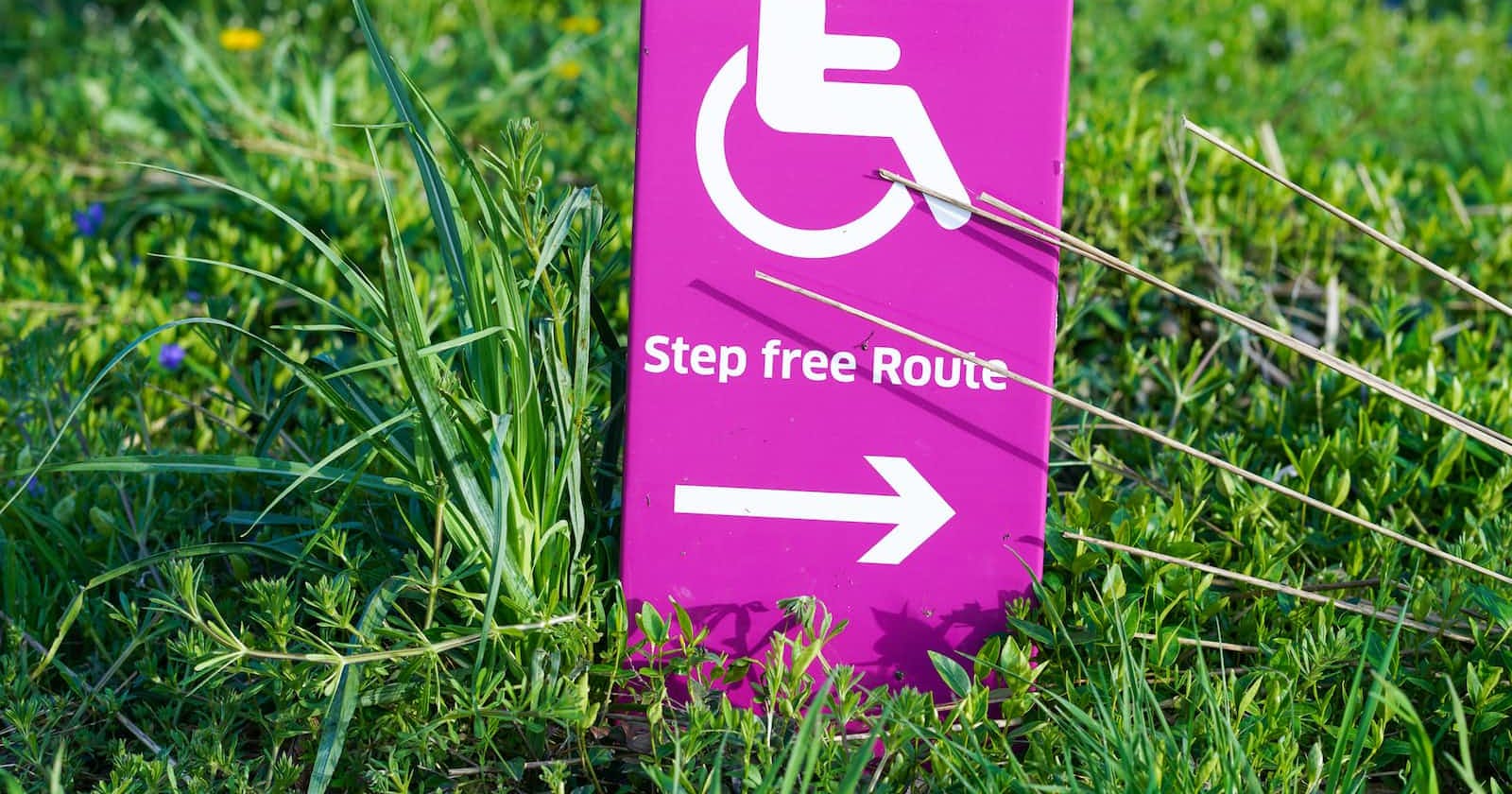"Designing for Accessibility: Promoting Inclusive User Experiences"
Accessibility and inclusivity are keywords that every kind of designer should understand and consider in the design process of any project, be it digital, physical, AR/VR, or architectural. In general, user experience designs should be functional, comfortable, easy to use, helpful, and fair, and meet the needs of all kinds of users, regardless of limitations such as hearing loss, blindness, speech impairment, fractures, terminal illness, etc. In design, accessibility recognizes these limited users and provides options that enable them to have the same seamless experience and get the value they need as everyone else.
Alongside product designers, project managers, product marketers, UX writers, developers, engineers, etc. should also have the best interests of these groups of users at heart at any point in their work process. This is why collaboration and effective communication between developers and designers, engineers, etc. are important to create projects that positively impact user preferences and achieve business goals.
Accessibility design has come a long way, from individuals with disabilities personally finding a way to survive to the government building mechanisms for people with disabilities to deal with their disabilities and designing the means by which communities and families can integrate these solutions into society. As time went by, more and more efforts were made to design things with these user groups in mind, and the emergence of mobile phones acting as bridges between our worlds continued to champion this course. Accessibility features like screen readers are now built into mobile phones, tablets, and desktops, which gives them several options to select from to assist them in taking advantage of the internet just like everyone else and, more than before, settling well into society and having a say in it.
In the case of the use of phones and the design of digital products for both mobile and Web, accessibility guidelines have been put in place to ensure that all users are catered for, and in some developed countries, companies that do not follow these guidelines are being questioned by elected authorities and sometimes pay fines. Aside from these guidelines, from a product design perspective, not considering accessibility in the design of digital products puts such companies at a loss. The population of people with disabilities in the world is a market size that can be of profit to companies that include the interests of these users in the course of their product design, which can lead to more downloads and usage for such companies products. While some companies, such as Twitter, Medium, and LinkedIn, provide the ALT text option for users to describe pictures for screen readers to pick up, several other innovations, such as text-to-speech, voice messages, alternative texts, screen readers, and others such as the design of product interfaces by considering those with color blindness, etc., have been adapted by companies and have helped to make these individuals feel in control, appreciated, involved, and equal to any other kind of user, which was not the case before.
Accessibility is a factor that should be considered throughout the design process. Accessibility is all about accommodating all kinds of users and ensuring that the experience of using a product is seamless, no matter who uses it. There are still many areas to cover and facilities to make available to special users, but the status quo is admirable, and all designers and individuals must continue their efforts to make our society accommodating to everyone.

